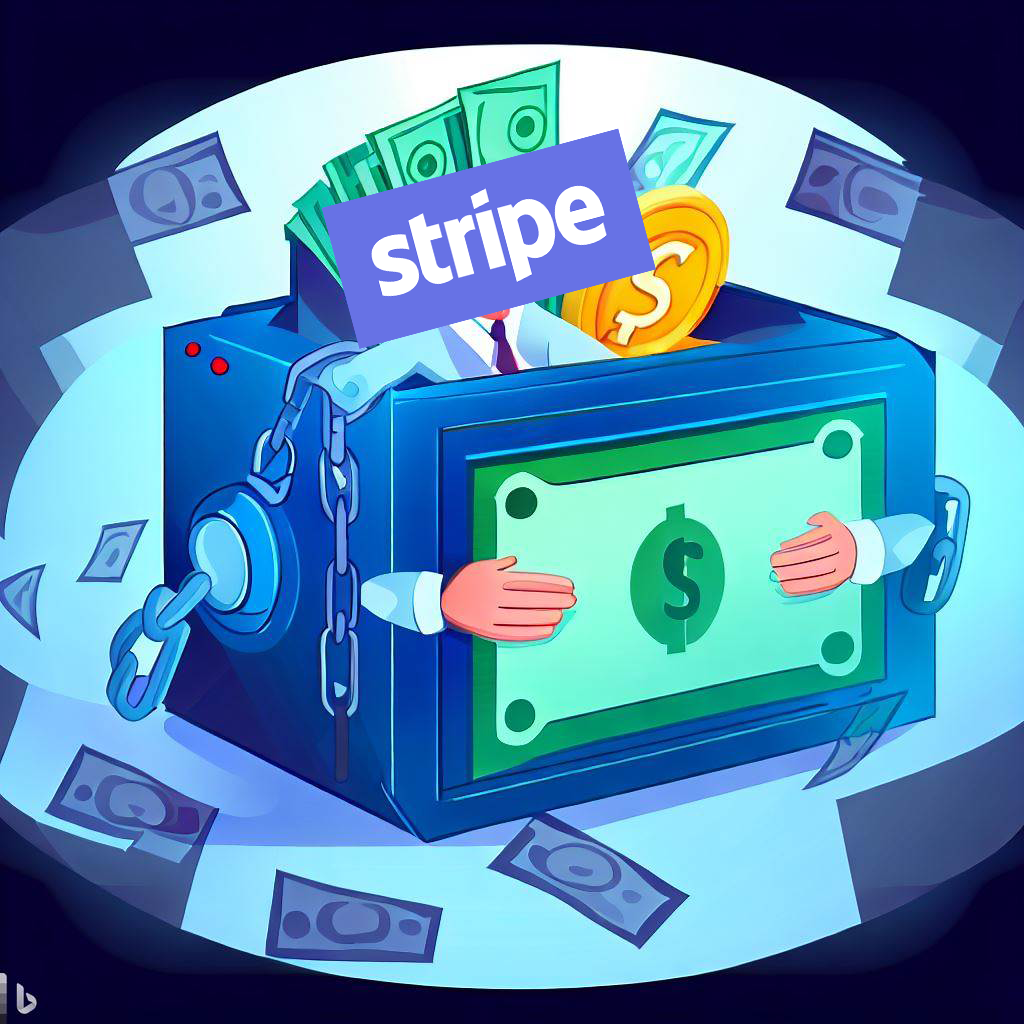Category: STRIPE
-
Is Stripe Holding Money STILL? A Merchant’s Guide to Getting Your Money Back
Welcome, Stripe merchants! As you navigate the world of online payments, you may have encountered the frustrating experience of having your funds temporarily held by Stripe. It’s a common issue that can be both confusing and concerning for those who rely on timely access to their revenue. That’s why we’ve created this comprehensive guide to…
Written by

-
Will Web3 Be the End of Stripe? An Unstable Future for Popular Payment Aggregators
As the digital economy continues to evolve, so too do the payment systems we rely on. Stripe, a popular online payment aggregator founded in 2010, is facing an uncertain future with the emergence of Web3 technology. Could these new advances in internet connectivity spell the end for Stripe and similar services? In this article, we…
Written by

-
How Long Stripe Can Hold Funds and How to Get Your Money Back
Stripe is notorious for holding merchant funds, freezing accounts, and even terminating accounts. That means no money in, no money out, and no customers. In some cases, Stripe holds funds up to 180 days with weekly emails coming in stating, “Stripe is holding your funds for 90 days.” But wait, didn’t we just say Stripe…
Written by

-
Stripe Closing Accounts for IPO, Is Yours on the List?
Is your online business at risk of being shut down? Many store owners are scrambling after seeing the news that Stripe, one of the world’s largest fintech companies and currently a private company, is prepping for an IPO. News of this has been trickling through, but the biggest and most damning is Stripe bringing on…
Written by

-
Stripe Users: Stripe EEA Is Causing You Chargebacks!
Chargebacks can quickly cause major losses for online businesses and merchants who use Stripe. If you’re one of the thousands of merchants who use Stripe to process international payments, we have news for you: Stripe EEA is appearing on customer bank statements and increasing your chargeback ratio. If you want to continue using Stripe, that’s…
Written by
